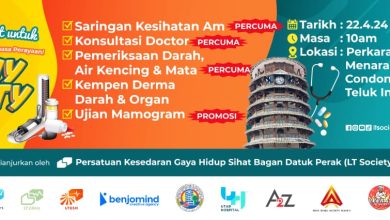Eye Health
By Dr S.S. Gill


The medical term for eye strain is asthenopia. The symptoms of ocular fatigue, tired eyes, blurring vision, headaches, irritated eyes, and occasionally doubling of the vision are brought on by concentrated use of the eyes for visual tasks. Some people, while concentrating on a visually intense tasks, unconsciously clench the muscles of their eyelids, face, temples, and jaws and develop discomfort or pain from use of those muscles. Eye stress affects a large majority of the population. Eye stress is as much a concern as any other illness of the body. It makes the eyes tired and you drained of energy. Eye stress actually affects our well-being because the eyes are used constantly at work throughout the waking hours of a day for various tasks including even socialising!
Briefly, common ACTIVITIES that may cause eye strain include:
- Computer use and computer games.
- Reading long hours.
- Watching television for long periods.
- Driving long distances.
- Sewing & Knitting.
Contributing ENVIRONMENTAL factors that can add to eye stress:
- Poor lighting
- Improper lighting
- Low screen contrast levels
- Excessive brightness
PERSONAL factors that may contribute to eye strain:
- Poor and uncorrected vision (refractive errors)
- Poor posture
- Alcohol and drug use
SOME POINTERS:
1. ADJUST THE BRIGHTNESS OF YOUR SCREEN LOWER
2. AVOID SITTING TOO CLOSE TO THE SCREEN
3. PROPER REFRACTIONS – Get proper spectacles if needed.
4. KEEPTHE ROOM BRIGHTNESS OPTIMAL
5. SIT CORRECTLY AT YOUR WORKSTATION
6. CHANGE THE FONT SIZE TO MAKE VIEWING COMFORTABLE
7. TAKE BREAKS
8. GET EYES CHECKED ANNUALLY AND TREATED FOR ANY EYE PROBLEMS
And of course, try to figure out what element of the fatiguing activity is causing the problem and reduce it.


